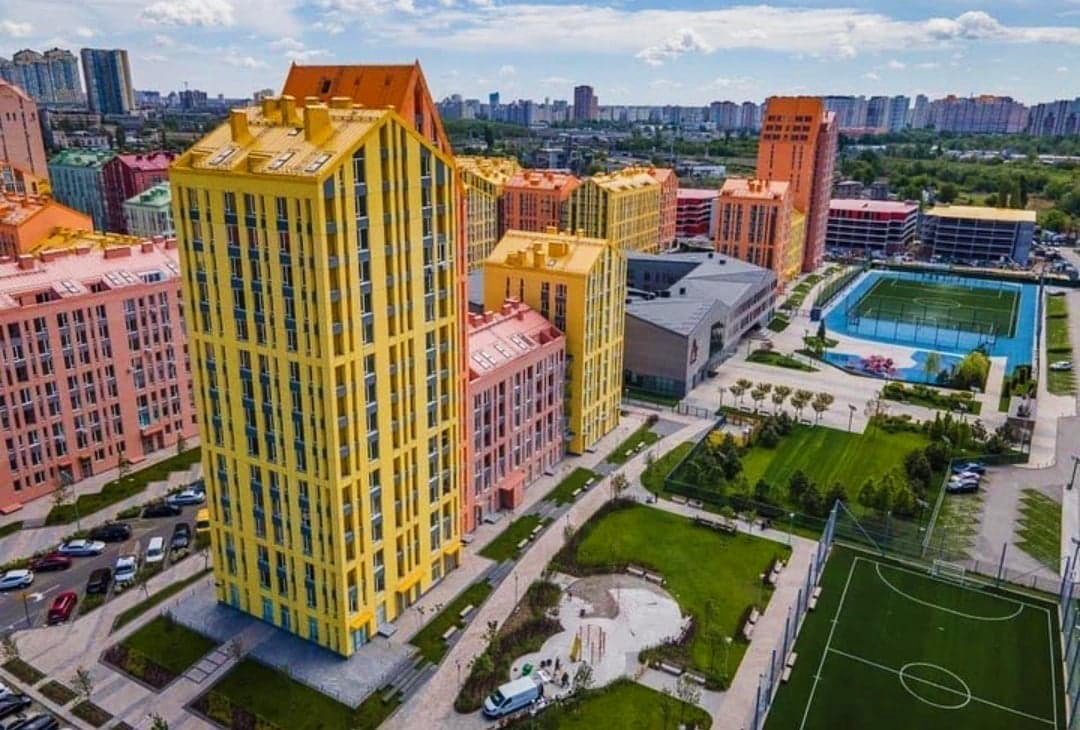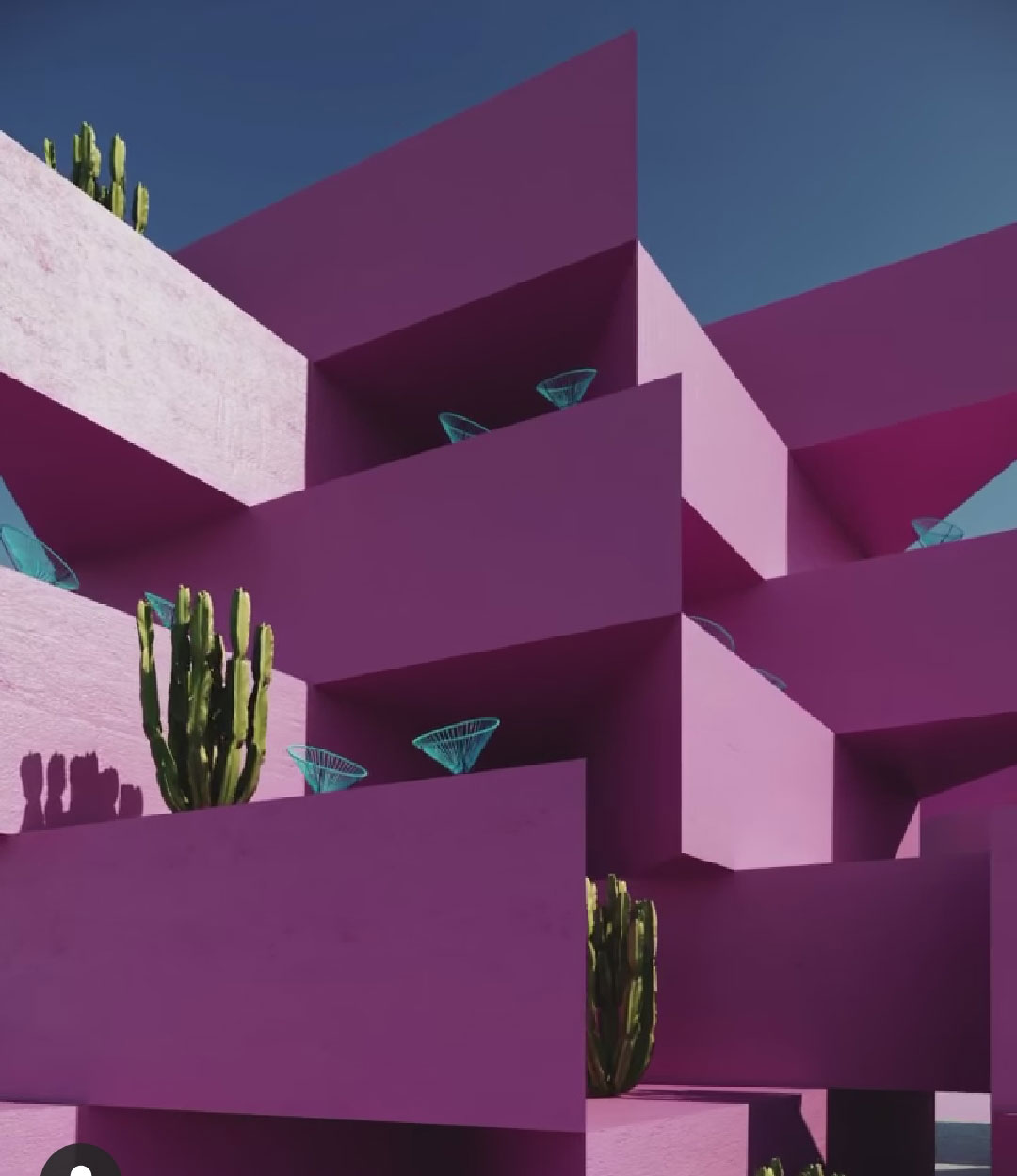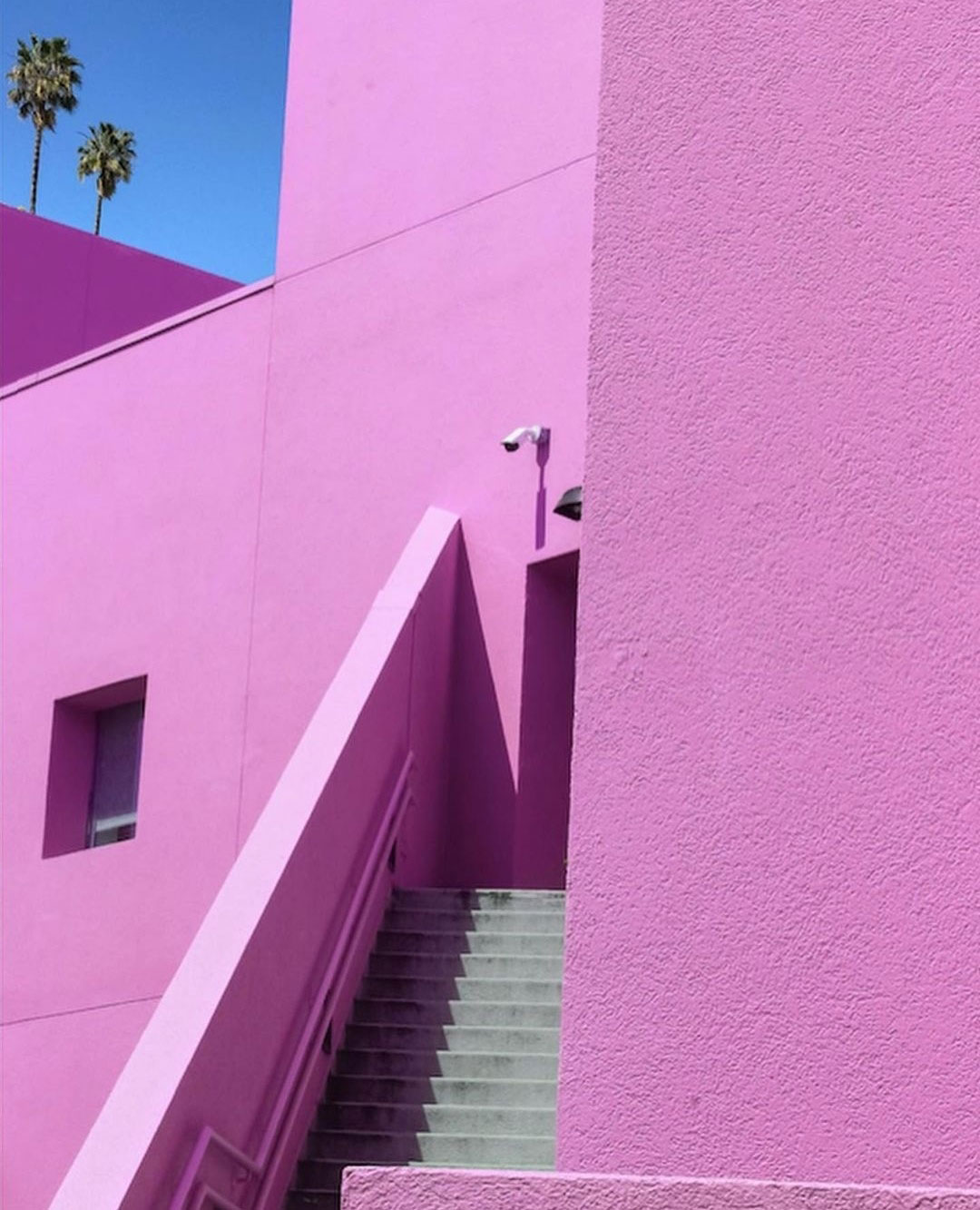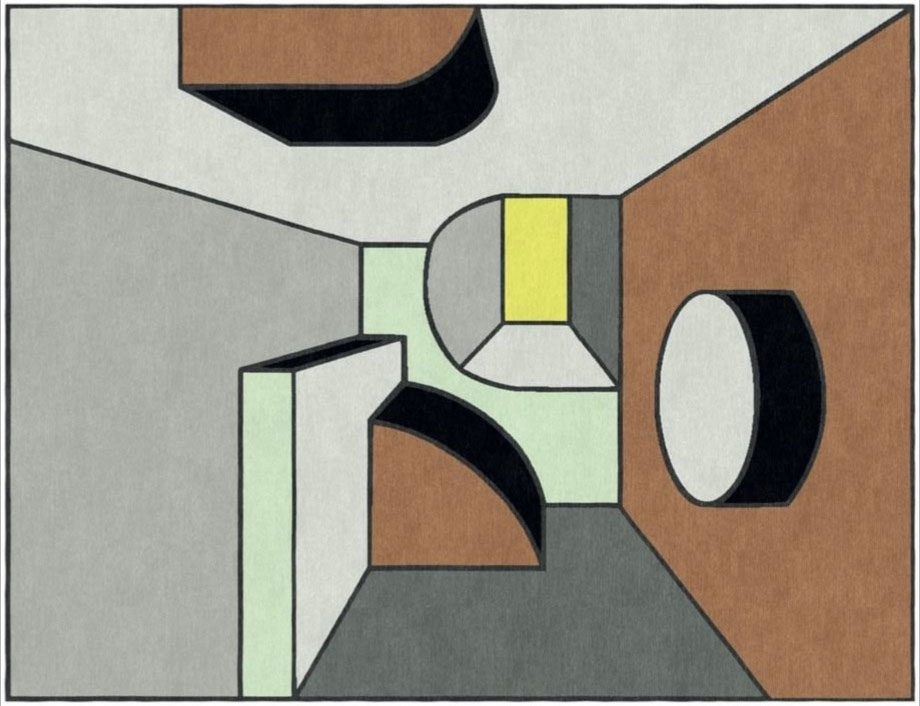COME UN LEGO
URBANISM | KIEV
È risaputo che l’urbanistica dei paesi dell’Est si è sempre espressa con decisa brutalità sia in termini ambientali che insediativi. Anche le realizzazioni post-sovietiche in materia residenziale ricalcano il filone gigantista che ha informato periferie di intere generazioni.
Nel caso di Comfort Town, mega-quartiere di recente completamento situato alla periferia orientale di Kiev, questi aspetti vengono addirittura sublimati. La qualità architettonica si attesta dei livelli decisamente alti e vi è una grande cura nel disegno degli spazi aperti interstiziali. Il tema del volume ipertrofico viene amplificato da variazioni altimetriche e cromatiche, attraverso l’uso di colori squillanti e saturi. Ma non basta. Lo studio Future Architects ha stabilito una colorazione dei tetti uguale a quella delle facciate sottostanti, così da avere dei volumi visivamente compatti… che colpiscono la vedute dal satellite, dall’aereo o dal drone.
Like e Lego – It is well known that the urban planning of Eastern countries has always expressed itself with decisive brutality both in environmental and settlement terms. Even the post-Soviet residential realizations follow the gigantist trend that has informed the suburbs of entire generations.
In the case of Comfort Town, a recently completed mega-district located on the eastern outskirts of Kiev, these aspects are even sublimated. The architectural quality stands at decidedly high levels and great care is taken in the design of the interstitial open spaces. The theme of the hypertrophic volume is amplified by altimetric and chromatic variations, through the use of bright and saturated colors. But that’s not enough. The Future Architects studio has established a coloration of the roofs equal to that of the underlying facades, so as to have visually compact volumes… which affect the views from the satellite, the plane or the drone.







































